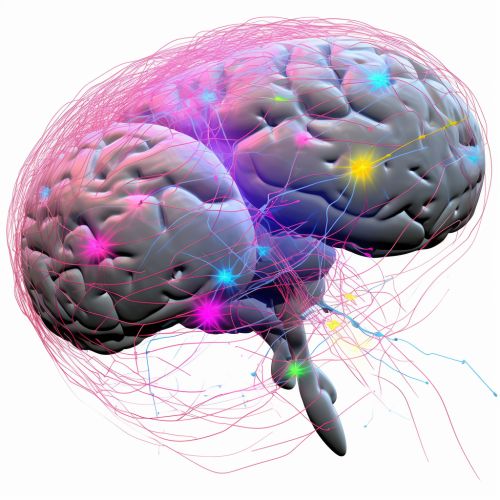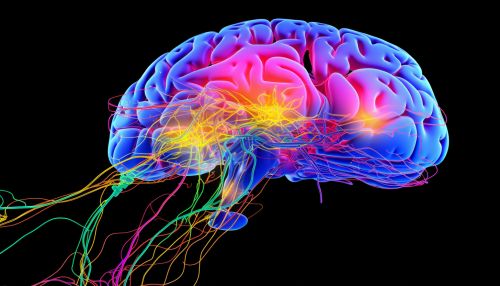Cognitive Neuroscience of Cognitive and Neuropsychological Rehabilitation
Introduction
Cognitive neuroscience is a branch of neuroscience that studies the biological processes that underpin cognitive functions. It combines the principles of psychology and neuroscience to understand how the brain enables the mind. Cognitive and neuropsychological rehabilitation, on the other hand, is a specialized field of medicine that aims to restore cognitive and behavioral functions in individuals with brain injury or neurological disorders. This article delves into the cognitive neuroscience of cognitive and neuropsychological rehabilitation, exploring the underlying principles, techniques, and outcomes.


Cognitive Neuroscience
Cognitive neuroscience is a multidisciplinary field that seeks to understand the neural mechanisms that underpin mental processes. It employs a variety of methods including neuroimaging techniques, neuropsychological testing, and computational modeling to investigate how cognitive functions are produced by neural circuits in the brain.
Neural Basis of Cognitive Functions
Cognitive functions such as attention, memory, language, and executive functions are enabled by complex neural networks in the brain. For instance, the prefrontal cortex plays a crucial role in executive functions, which include decision-making, problem-solving, and planning. Similarly, the hippocampus is integral to memory formation and retrieval. Understanding these neural substrates is fundamental to cognitive neuroscience.
Cognitive and Neuropsychological Rehabilitation
Cognitive and neuropsychological rehabilitation is a therapeutic approach that aims to improve cognitive functions and quality of life in individuals with cognitive impairments due to brain injury or neurological disorders. This field employs a range of strategies, including cognitive training, compensatory techniques, and environmental modifications.
Cognitive Training
Cognitive training involves structured practice on tasks designed to enhance specific cognitive functions. This could involve memory exercises, attention tasks, or problem-solving activities. The goal is to strengthen the neural pathways involved in these cognitive functions, thereby improving performance.
Compensatory Techniques
Compensatory techniques are strategies that help individuals manage their cognitive deficits. These might include the use of memory aids, scheduling tools, or assistive technology. The aim is not necessarily to restore the impaired function, but to enable the individual to function effectively despite the impairment.
Environmental Modifications
Environmental modifications involve altering the individual's environment to support cognitive function and independence. This could involve simplifying tasks, reducing distractions, or using signage to aid navigation.
Cognitive Neuroscience in Rehabilitation
Cognitive neuroscience has significantly influenced the field of cognitive and neuropsychological rehabilitation. It has provided insights into the neural mechanisms underlying cognitive functions, which has informed the development of rehabilitation strategies. Moreover, it has contributed to the understanding of neuroplasticity, the brain's ability to reorganize and form new neural connections, which is a fundamental principle in rehabilitation.
Neuroplasticity and Rehabilitation
Neuroplasticity refers to the brain's ability to change and adapt in response to experience. This includes the formation of new neural connections, strengthening of existing connections, and pruning of unused connections. Neuroplasticity is a key mechanism in cognitive and neuropsychological rehabilitation, as it underpins the brain's ability to recover and adapt following injury.
Neuroimaging in Rehabilitation
Neuroimaging techniques such as functional magnetic resonance imaging (fMRI) and positron emission tomography (PET) have been used to monitor changes in brain activity during rehabilitation. These techniques provide insights into the neural mechanisms underlying recovery and can help guide the development of targeted rehabilitation strategies.
Conclusion
The cognitive neuroscience of cognitive and neuropsychological rehabilitation is a complex and evolving field. It combines insights from cognitive neuroscience, neuropsychology, and rehabilitation medicine to improve cognitive function and quality of life in individuals with brain injury or neurological disorders. As our understanding of the brain continues to grow, so too will our ability to develop effective rehabilitation strategies.
